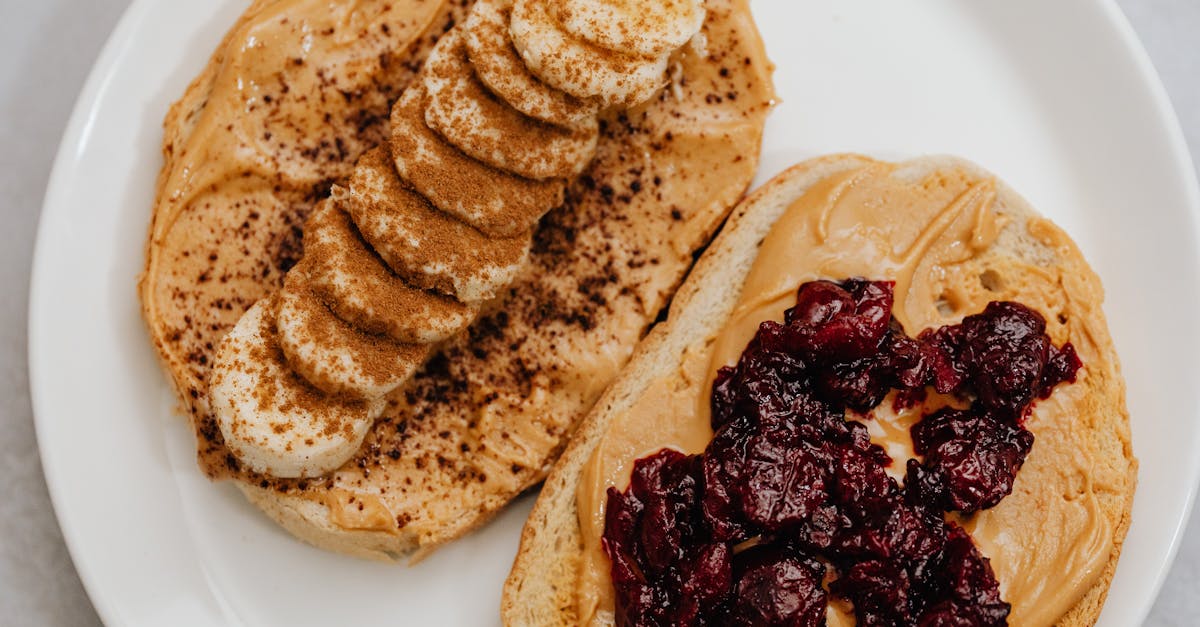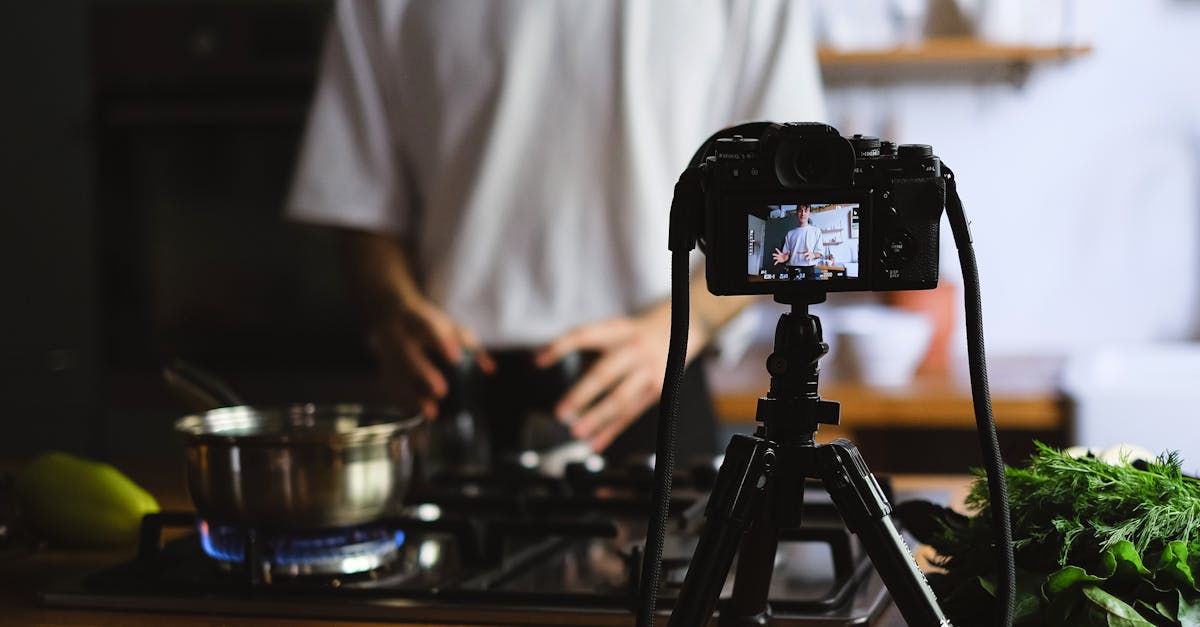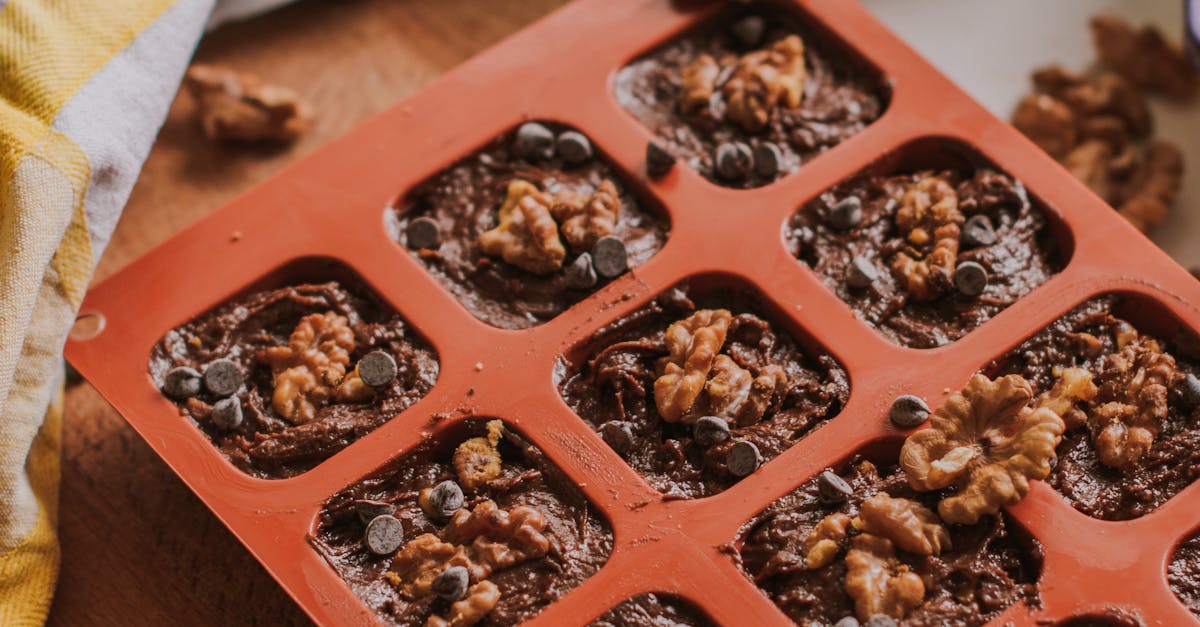Strawberry shortcake. Just the name conjures up images of sun-drenched picnics, backyard barbecues, and the sweet taste of summer. It’s a dessert that effortlessly bridges the gap between casual gatherings and elegant affairs, making it a perennial favorite. This isn’t your grandma’s strawberry shortcake (unless your grandma was a culinary genius, in which case, hats off to her!). We’re diving deep into the art of creating a showstopping strawberry shortcake that will leave your guests clamoring for more. From selecting the perfect strawberries to mastering the flaky biscuit base and whipping up the dreamiest cream, we’ll guide you through every step of the way, ensuring your creation is as delicious as it is visually stunning. Get ready to impress, because this shortcake is about to become your new dessert go-to!
Key Insights for Strawberry Shortcake Success
- Strawberry Selection is Key: Choosing ripe, flavorful strawberries is crucial for a delicious shortcake. Look for vibrant red color, firmness, and a sweet aroma.
- Master the Flaky Biscuit: Achieve perfectly tender and flaky biscuits by using cold ingredients, avoiding overmixing, and baking in a hot oven.
- Maceration Magic: Macerate your strawberries to intensify their flavor and create a juicy filling. Experiment with flavor combinations like lemon juice or vanilla extract.
- Creamy Topping Options Abound: Explore beyond classic whipped cream! Mascarpone cream, vanilla custard, or even a light ice cream can elevate your shortcake.
- Presentation Matters: Elevate your shortcake from delicious to stunning with thoughtful layering and beautiful presentation. Garnish with fresh mint or powdered sugar.
1. Why Strawberry Shortcake Reigns Supreme: A Dessert Fit for Royalty (and Your Next Gathering)
Let’s be honest, strawberry shortcake isn’t just dessert; it’s an experience. There’s something undeniably magical about the combination of sweet, juicy strawberries, buttery, flaky biscuits, and creamy, dreamy whipped cream. It’s a classic for a reason! Its history is delightfully hazy, with mentions of shortcakes popping up in cookbooks as far back as the 1800s, evolving from humble beginnings to the sophisticated dessert we know and love today. But its enduring appeal isn’t just about its roots; it’s about its incredible versatility.
You can dress it up or down with ease. Picture this: a fancy garden party calls for elegant individual shortcakes, delicately layered and adorned with fresh mint. A casual weekend brunch? A big ol’ platter piled high with biscuits, strawberries, and whipped cream, ready for everyone to dig in. The beauty of strawberry shortcake lies in its simplicity and adaptability. It’s the perfect canvas for culinary creativity—add a sprinkle of lemon zest, a dash of vanilla extract, or even swap the whipped cream for a dollop of mascarpone cheese for a unique twist.
Ultimately, strawberry shortcake’s reign is supreme because it delivers pure joy. It’s a dessert that satisfies both the sweet tooth and the desire for something comforting and familiar, yet always exciting. Whether you’re celebrating a special occasion or simply enjoying a quiet afternoon, this dessert is guaranteed to impress and delight, making it the perfect choice for any gathering.
A Brief History of Strawberry Shortcake
Pinpointing the exact origin of strawberry shortcake is like trying to catch a greased pig – surprisingly slippery! While we don’t have a definitive ‘aha!’ moment, the story unfolds like a delicious culinary mystery. Early versions weren’t quite the picture-perfect dessert we know today. Think more along the lines of a biscuit-like base, possibly even a slice of bread or cake, topped with sweetened berries. These humble beginnings were likely influenced by the abundance of seasonal fruits and the simple baking techniques of the time. Different regions had their own takes, making tracing a single origin almost impossible. Some historians point to variations appearing in American cookbooks as early as the 1800s, often featuring variations on the biscuit base and topping.
The evolution really took off as baking techniques improved and ingredients became more readily available. Biscuits became lighter and fluffier, and the addition of whipped cream became a game-changer, transforming the dessert into the delightful treat we enjoy. This transformation wasn’t a sudden event but rather a gradual process, influenced by culinary trends and individual preferences. The rise of commercial baking powder in the late 19th century made consistent and light biscuits easier to achieve, and this helped elevate shortcake’s popularity.
Today, strawberry shortcake represents a beautiful blend of history and modern creativity. While the fundamental components—biscuits, strawberries, and cream—remain largely unchanged, endless variations exist, demonstrating its adaptability and enduring charm. Whether you prefer your biscuits from scratch or store-bought, your strawberries locally grown or imported, the essence of this classic remains: the simple pleasure of perfectly ripe fruit paired with delicate pastry and a luxurious topping.
Why it’s the Perfect Dessert for Any Occasion
Strawberry shortcake’s superpower? Its unmatched adaptability. It’s the ultimate chameleon of desserts, effortlessly transforming to fit any occasion. Need a crowd-pleasing dessert for a casual backyard barbecue? A big, rustic platter overflowing with biscuits, juicy strawberries, and mountains of whipped cream is the perfect answer. It’s informal, fun, and encourages everyone to dig in—a real party starter!
But don’t let its casual charm fool you; strawberry shortcake can also handle the spotlight at more formal events. Individual shortcakes, delicately assembled and garnished with a sprig of mint or a dusting of powdered sugar, add a touch of elegance to a bridal shower, birthday celebration, or even a sophisticated tea party. The presentation can be easily elevated with beautiful serving platters and carefully chosen garnishes, instantly transforming the dessert from casual to chic.
The key to strawberry shortcake’s versatility lies in its simplicity. The base components are easily customizable. Use store-bought biscuits for a quicker option, or bake your own for an added touch of homemade goodness. Experiment with different types of strawberries or add other fruits to create unique flavor combinations. From a simple summer picnic to a refined dinner party, strawberry shortcake effortlessly adapts, proving it’s truly the perfect dessert for any celebration—big or small, formal or informal.
2. Choosing Your Strawberries: The Secret to Strawberry Shortcake Success
Let’s face it: the star of the show in strawberry shortcake is, well, the strawberries! Choosing the perfect berries is the foundation of a truly unforgettable dessert. Forget those pale, flavorless specimens; we’re aiming for juicy, intensely flavorful strawberries that burst with sweetness. Your first step? Head to your local farmer’s market or a reputable grocery store, preferably one that emphasizes seasonal produce. Look for strawberries that are plump, firm, and deeply colored—a vibrant red is your best friend. Avoid any berries with blemishes, mold, or soft spots; those are signs of overripe or damaged fruit.
Once you’ve got your beauties in hand, it’s time for a closer inspection. Gently feel the strawberries; they should feel slightly heavy for their size, indicating juicy goodness inside. The aroma should be sweet and enticing, a clear sign of ripeness. If you have the opportunity, choose strawberries that are locally grown, as they will often have the most vibrant flavor since they haven’t traveled far. Don’t shy away from asking your farmer or grocer for recommendations; they are usually happy to guide you to the best-tasting varieties currently in season.
While the classic red strawberry is always a winner, don’t be afraid to experiment with different varieties! Some varieties are known for their intense sweetness, while others have a more tart and tangy profile. Consider what flavor profile complements your biscuit and cream choices. A slightly tart strawberry might balance out a very rich cream, creating a more sophisticated taste. Ultimately, the best strawberry for your shortcake is the one that smells incredible and tastes even better—so choose wisely, and your shortcake will thank you!
Picking the Ripest Strawberries
Picking the perfect strawberries is like finding a hidden treasure—a quest for juicy, sweet perfection! Whether you’re at the farmer’s market or picking from your own garden, there are a few simple tricks to help you snag the ripest, most flavorful berries. First, forget the glossy, perfectly uniform strawberries; those are often less flavorful and might be picked a bit early. Instead, look for strawberries that are a deep, vibrant red, almost glowing with color. Those gorgeous red hues indicate a higher sugar content and a sweeter taste.
Next, give those berries a gentle squeeze. They should feel firm but slightly give to the touch—avoid anything rock-hard (underripe) or overly soft (overripe). The perfect strawberry will have a slight plumpness to it, promising a burst of juicy goodness with each bite. While you’re examining them, take a sniff! A truly ripe strawberry will have a sweet, aromatic scent; if it smells bland or faintly sour, it might be underripe or past its prime. And remember, size isn’t everything! A smaller, perfectly ripe strawberry will always taste better than a large, less-ripe one.
If you’re lucky enough to be picking your own strawberries, the best time is usually in the early morning after the dew has dried. The strawberries will be cooler and less likely to bruise during picking. Choose berries from the lower parts of the plant, as they tend to ripen more evenly. And always gently detach the berries from their stems; avoid pulling them off roughly, which can damage the surrounding fruit. With a little attention to detail, you’ll be rewarded with a basket full of perfect berries, ready to transform into the most delicious shortcake ever!
Strawberry Varieties for Shortcake
Not all strawberries are created equal, and when it comes to making the perfect shortcake, choosing the right variety can make all the difference. While the classic bright red strawberry is always a winner, exploring different types can add a fun twist to your dessert. Some strawberries are known for their intense sweetness, ideal for balancing a tart biscuit or a subtly sweet whipped cream. Others have a more tangy, less sugary profile, which can add a refreshing contrast to a richer dessert. Think of it like choosing wine pairings—you want a strawberry that complements, not competes, with the other elements of your shortcake.
For example, ‘Sweet Charlie’ strawberries are renowned for their exceptional sweetness and intense flavor—a perfect choice if you want your strawberries to take center stage. Conversely, varieties like ‘Albion’ offer a more balanced sweetness and acidity, providing a refreshing counterpoint to a rich biscuit or cream. If you prefer a slightly more tart strawberry, ‘Seascape’ is a popular option with a delightful tang that cuts through the richness of the other ingredients. There are also heirloom varieties offering unique flavor profiles, waiting to be discovered!
Ultimately, the best strawberry variety for your shortcake is a matter of personal preference. Experimenting with different types is part of the fun! Consider your own taste preferences and the flavor profiles of your other ingredients. Do you want a intensely sweet strawberry to highlight the dessert’s sweetness, or a tangy one to add a vibrant contrast? The possibilities are endless, so don’t be afraid to try something new. Happy strawberry hunting!
3. The Perfect Biscuit: Mastering the Flaky, Buttery Base
The biscuit. It’s the unsung hero of strawberry shortcake, the sturdy yet delicate foundation upon which all the deliciousness is built. A truly great biscuit is light, fluffy, and subtly buttery, with just the right amount of flakiness. It shouldn’t be tough or dry, but rather tender and slightly crumbly, providing the perfect textural contrast to the juicy strawberries and creamy topping. Achieving this biscuit nirvana might seem daunting, but with a few simple techniques, you can master the art of the perfect shortcake biscuit.
The key to a flawlessly flaky biscuit lies in the handling of the dough. Overmixing develops the gluten, resulting in tough biscuits. The goal is to work the dough just until it comes together, then gently shape it and bake it quickly in a hot oven. Using cold ingredients—like chilled butter and buttermilk—is crucial for maintaining a tender crumb. The cold fat creates pockets of steam during baking, resulting in that desirable flaky texture. Don’t be tempted to pat the dough out too thinly; a slightly thicker biscuit will bake up lighter and fluffier.
While a classic buttermilk biscuit is the quintessential choice, feel free to experiment! Adding herbs like chives or rosemary can create savory variations, perfect for a more sophisticated shortcake. You can also play with different types of flour, such as whole wheat or oat flour, for added texture and flavor. Regardless of your chosen method or variations, remember that patience and gentle handling are key to achieving those perfectly tender, flaky biscuits that form the delicious base of your strawberry shortcake masterpiece.
Step-by-Step Biscuit Recipe
Ready to bake some seriously amazing biscuits? This recipe is your ticket to fluffy, flaky perfection! First, gather your ingredients: 2 cups all-purpose flour, 1 tablespoon baking powder, 1/2 teaspoon salt, 1/4 cup (1/2 stick) cold unsalted butter, cut into small pieces, and about 3/4 cup cold buttermilk. Preheat your oven to 450°F (232°C). In a large bowl, whisk together the flour, baking powder, and salt. Cut in the cold butter using a pastry blender or your fingertips, working until the mixture resembles coarse crumbs. This is crucial for that flaky texture!
Next, gradually add the cold buttermilk, stirring gently just until the dough comes together. Don’t overmix! Turn the dough out onto a lightly floured surface and pat it into a 1-inch thick circle. Use a biscuit cutter or a sharp knife to cut out biscuits, pressing down firmly but gently. Place the biscuits onto an ungreased baking sheet, leaving a little space between each one. For extra-fluffy biscuits, you can give them a quick bake in a preheated cast iron skillet.
Bake for 12-15 minutes, or until the biscuits are golden brown and sound hollow when tapped on the bottom. Let them cool slightly before serving. And there you have it—perfectly baked biscuits, ready to be piled high with juicy strawberries and luscious whipped cream. These biscuits are so good, they’ll be the star of your shortcake, even before the strawberries and cream arrive! Remember to use cold ingredients throughout, and don’t overwork the dough. With a little practice, you’ll be baking biscuit masterpieces in no time!
Tips for Perfectly Flaky Biscuits
So, you’re aiming for biscuit perfection—that elusive, melt-in-your-mouth flakiness that elevates shortcake from good to unforgettable. But sometimes, things don’t go exactly to plan. Don’t worry; even experienced bakers encounter biscuit blunders! One common culprit is overworking the dough. Overmixing develops the gluten, resulting in tough, chewy biscuits. Remember, the goal is to incorporate the ingredients just until the dough comes together. Handle it gently; treat it like a delicate flower, not a wrestling opponent!
Another frequent problem is using ingredients that are too warm. Cold butter is essential for those flaky layers. The cold fat creates steam during baking, which helps lift and separate the layers. Similarly, cold buttermilk contributes to a tender crumb. If your ingredients are warm, your biscuits might end up dense and heavy. So, remember to chill your butter and buttermilk before you start—it’s a game-changer! Also, make sure your oven is properly preheated; a hot oven ensures that the biscuits bake quickly, preventing them from becoming soggy.
Finally, consider your baking technique. Don’t pat the dough out too thinly; a slightly thicker biscuit will bake up lighter and fluffier. Avoid over-crowding the baking sheet; give your biscuits some space to rise properly. And if you’re after extra-flaky biscuits, consider using a cast-iron skillet. The even heat distribution helps create beautifully crisp and layered biscuits. With a little attention to these details, you’ll be well on your way to baking biscuit perfection, each bite a symphony of flaky, buttery goodness!
4. Macerating Magic: Enhancing Your Strawberry Flavor
Maceration: it sounds fancy, but it’s a simple technique that unlocks a whole new level of strawberry deliciousness. Think of it as a flavor spa for your berries. Essentially, maceration involves letting your strawberries sit in a mixture of sugar and other flavor enhancers, allowing their juices to release and their flavors to deepen. This process not only intensifies the natural sweetness of the strawberries, but also creates a juicy, flavorful filling that’s perfect for shortcake.
To macerate your strawberries, simply hull and slice them. Then, gently toss them with a bit of granulated sugar (the amount depends on how sweet your strawberries are—start with about 1/4 cup per pound of berries), and let them sit for at least 30 minutes, or up to a few hours in the refrigerator. As they sit, the sugar draws out their juices, creating a delicious syrup. For an extra layer of flavor, consider adding a splash of something extra—a squeeze of lemon juice brightens the sweetness, a splash of Grand Marnier adds a sophisticated kick, or a teaspoon of vanilla extract infuses a warm vanilla note. Experiment with different flavor combinations to discover your personal favorite!
Macerating strawberries not only elevates their flavor but also creates a more intense color and a wonderfully juicy texture. The macerated strawberries will be wonderfully saturated with flavor, making for a far superior shortcake experience. Plus, the resulting syrup adds another delicious dimension to your dessert. So, next time you’re making shortcake, don’t skip this simple yet magical step; it’s the secret weapon that transforms a good shortcake into an extraordinary one!
What is Maceration?
Maceration, a word that might sound intimidating, is actually a simple and surprisingly transformative process used in cooking and mixology. At its core, maceration is the act of softening or breaking down a solid substance, usually a fruit or vegetable, by soaking it in a liquid, often a combination of sugar, alcohol, or other flavoring agents. Think of it as a flavor bath for your ingredients, allowing their juices to release and their flavors to intensify. It’s a technique used to enhance both the flavor and texture of fruits, making them more palatable and delicious.
The magic of maceration lies in the gentle breakdown of the cell walls of the fruit. As the fruit sits in the liquid, its own natural sugars and enzymes begin to break down, releasing their juices and creating a delicious syrup or sauce. This process mellows out any harshness or acidity, and it also draws out and concentrates the fruit’s natural aromatic compounds, resulting in a much more intense flavor profile. The liquid also infuses the fruit with additional flavors, creating a harmonious blend of tastes.
The benefits of maceration are numerous. It creates incredibly juicy and flavorful fruits, perfect for fillings in desserts like strawberry shortcake or for creating delicious cocktails and liqueurs. Beyond fruits, maceration can be applied to other ingredients like nuts and spices to create nuanced flavor profiles. The time spent macerating depends on the ingredients and desired outcome, ranging from a few minutes for softer fruits to several hours or days for tougher items. Regardless of the time, the reward is undeniable: a burst of intensified flavor that elevates any dish.
Macerating Strawberries: A Simple Guide
Ready to transform your strawberries from simply delicious to unbelievably amazing? Macerating is the key! This simple process will unlock a whole new level of flavor and juiciness, perfect for elevating your strawberry shortcake. First, gather your ingredients: fresh, ripe strawberries (hulled and sliced), granulated sugar (about 1/4 cup per pound of strawberries), and your choice of optional flavor enhancers (lemon juice, Grand Marnier, vanilla extract—get creative!). Start by gently washing and hulling your strawberries. Then, slice them into roughly 1/2-inch thick pieces. Avoid over-slicing, as this can release too much juice too quickly. Aim for a balance between surface area and berry integrity.
5. Whipping Up the Cream: Choosing Your Topping
The crowning glory of any strawberry shortcake? The topping! While classic whipped cream reigns supreme, there’s a whole world of creamy possibilities waiting to be explored. Let’s start with the timeless favorite: whipped cream. Light, airy, and subtly sweet, it’s the perfect foil to the juicy strawberries and buttery biscuits. For extra indulgence, consider adding a touch of vanilla extract or a pinch of powdered sugar to your whipped cream for a richer flavor and a touch of sweetness. But don’t stop there; let’s get adventurous!
Classic Whipped Cream Recipe
The perfect whipped cream is light, airy, and not too sweet—the ideal complement to your strawberry shortcake. This recipe is your guide to achieving whipped cream nirvana! You’ll need: 1 cup heavy cream (cold is key!), 2 tablespoons powdered sugar, and 1 teaspoon vanilla extract. Make sure your bowl and beaters are ice cold—this helps the cream whip up faster and maintain its volume. Pour the cold heavy cream into your chilled bowl and begin beating with an electric mixer on medium speed. Initially, it will look a little watery, but don’t worry; keep beating!
Alternative Toppings: Beyond Whipped Cream
While classic whipped cream is a beloved staple, don’t be afraid to venture beyond the familiar! There’s a whole world of creamy deliciousness waiting to elevate your strawberry shortcake to new heights. For a richer, more decadent experience, consider mascarpone cream. This luscious Italian cheese is incredibly smooth and creamy, offering a subtly tangy counterpoint to the sweetness of the strawberries. Simply whip the mascarpone with a touch of powdered sugar and a splash of vanilla extract for a truly delightful topping.
6. Assembling Your Strawberry Shortcake Masterpiece
You’ve baked the perfect biscuits, macerated your strawberries to juicy perfection, and whipped up the dreamiest cream—now it’s time to assemble your strawberry shortcake masterpiece! The layering is key to both the flavor and visual appeal of your creation. Start with a sturdy biscuit base. If using a large biscuit, you can split it in half horizontally. Then comes the star of the show: your macerated strawberries. A generous layer of these juicy beauties will ensure every bite is bursting with flavor. Don’t be shy; pile them high!
Layering Techniques for Optimal Flavor and Appearance
The art of assembling strawberry shortcake is all about achieving a delightful balance of textures and flavors. While there’s no single
Serving Suggestions and Presentation Ideas
Your strawberry shortcake is almost ready to shine—let’s talk presentation! The right presentation can transform a delicious dessert into a true showstopper. For a rustic charm, serve your shortcakes on a wooden board or platter, creating a visually appealing arrangement with individual shortcakes scattered artfully across the surface. Garnish with fresh mint sprigs and a light dusting of powdered sugar for an extra touch of elegance. This casual style is perfect for barbecues or picnics.
7. Storage and Leftovers: Making the Most of Your Creation
Even the most masterful strawberry shortcake creations might result in leftovers—and that’s perfectly okay! With proper storage, you can enjoy your delicious creation for a day or two. The key is to keep the biscuits and the fruit separate. Store the biscuits in an airtight container at room temperature; they’ll stay fresh for a day or two. For longer storage, you can freeze the biscuits; simply wrap them individually in plastic wrap before placing them in a freezer bag. They’ll keep for several months.
Storing Your Strawberry Shortcake
To keep your strawberry shortcake tasting its best, proper storage is key! The goal is to maintain the freshness of the biscuits, the juiciness of the strawberries, and the creaminess of your chosen topping. Because of their delicate nature, it’s best not to store assembled shortcakes for long periods. Ideally, they’re best enjoyed fresh, but if you do have leftovers, the key is to store the components separately.
Reheating Leftovers
Reheating leftover strawberry shortcake requires a gentle touch to avoid turning those fluffy biscuits into hockey pucks! The goal is to warm the biscuits just enough to refresh them without making them soggy or tough. Avoid the microwave; the intense heat will likely make the biscuits rubbery. Instead, opt for a more gentle approach. A low oven is your best friend. Preheat your oven to a low temperature, around 300°F (150°C).



